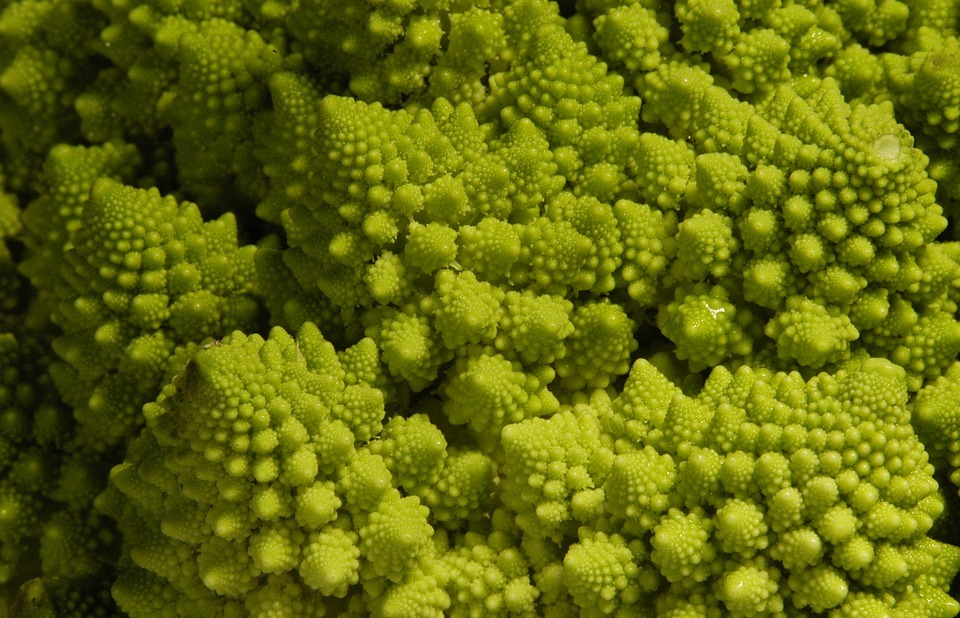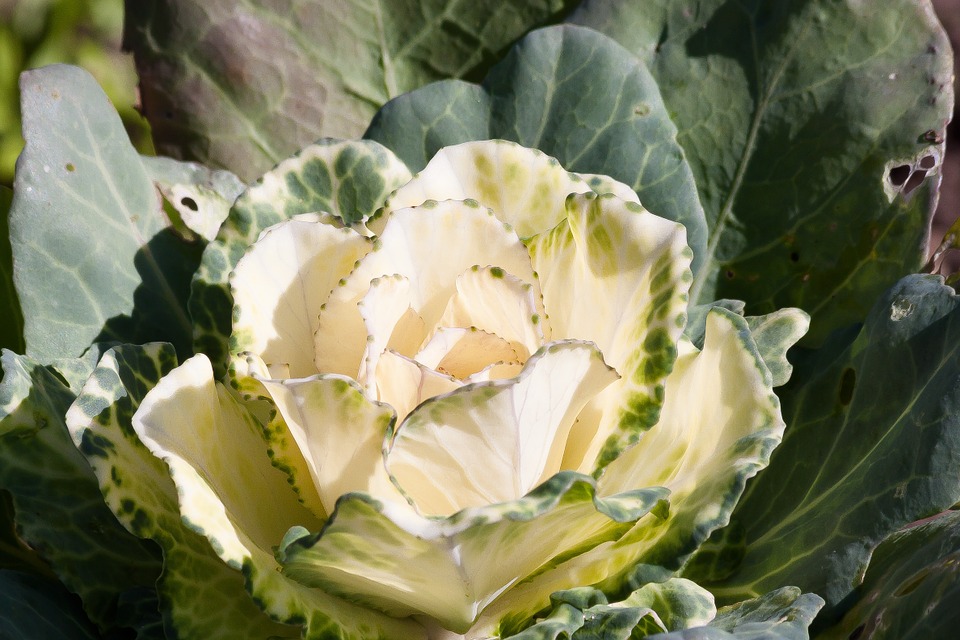This article delves into the world of canine nutrition, exploring the question of whether dogs can safely enjoy cabbage and other vegetables. We'll examine the nutritional benefits and potential risks of feeding cabbage to dogs, providing a comprehensive guide to incorporating vegetables into your furry friend's diet.
Part 1: Cabbage and Dogs: A Nutritional Breakdown

1.1 Nutritional Value of Cabbage
Cabbage, a member of the cruciferous vegetable family, is packed with nutrients that can benefit both humans and dogs. It's a good source of:
- Vitamin C: An essential antioxidant that supports immune function and collagen production. A single cup of cooked cabbage can provide around 50% of your dog's daily vitamin C requirement, helping to strengthen their immune system and fight off infections.
- Vitamin K: Crucial for blood clotting and bone health. Vitamin K plays a vital role in the coagulation process, ensuring wounds heal properly and preventing excessive bleeding. It also contributes to strong bones and teeth.
- Fibre: Promotes digestive health and regularity. Cabbage is a great source of both soluble and insoluble fiber. Soluble fiber helps regulate blood sugar and cholesterol levels, while insoluble fiber adds bulk to stools, promoting healthy bowel movements and preventing constipation.
- Antioxidants: Help protect cells from damage caused by free radicals. Cabbage contains a variety of powerful antioxidants, including sulforaphane, which can help neutralize free radicals and reduce the risk of chronic diseases.
- Sulphur Compounds: These compounds have been linked to cancer prevention and anti-inflammatory properties. Cabbage contains a number of sulfur-containing compounds, such as glucosinolates, that have been shown to possess anti-cancer and anti-inflammatory effects.
1.2 Can Dogs Eat Cabbage?
The short answer is yes, dogs can eat cabbage in moderation. However, there are certain precautions to take:
- Raw vs. Cooked: While raw cabbage is safe for dogs, it's generally easier for them to digest when cooked. Steaming or lightly boiling cabbage is recommended, as this breaks down the tough cell walls and makes the nutrients more accessible.
- Quantity: Cabbage should be treated as a treat, not a staple food. Excessive consumption can lead to digestive issues, especially bloating and gas. A small amount, about the size of a golf ball, is a good starting point for most dogs.
- Preparation: Always remove the outer leaves and core before feeding cabbage to your dog. These parts can be tough to digest and may pose a choking hazard.
- Individual Sensitivities: Some dogs may experience digestive upset from cabbage, even in small amounts. It's important to monitor your dog's reaction after introducing any new food, and be prepared to reduce the amount or discontinue it if necessary.
Part 2: Potential Risks of Feeding Cabbage to Dogs

2.1 Gas and Bloating
Cabbage is high in fibre, which can contribute to gas and bloating in dogs, especially if they're not used to eating vegetables regularly. This is because the bacteria in their gut ferment the fiber, producing gas as a byproduct. To minimise this effect, introduce cabbage gradually, starting with small amounts and increasing as your dog adjusts.
2.2 Digestive Upset
Some dogs may experience diarrhoea or vomiting after eating cabbage, particularly if they eat too much or if it's not cooked properly. This is more likely to occur if the cabbage is raw or undercooked, as the tough cell walls can be difficult for dogs to digest.
2.3 Goitrogens
Cabbage contains goitrogens, compounds that can interfere with thyroid hormone production. Goitrogens bind to iodine, which is essential for thyroid hormone production. While this is generally not a concern for healthy dogs, it's something to be aware of if your dog has a thyroid condition.
2.4 Toxicity
Cabbage is generally safe for dogs, but it's important to note that large quantities can be toxic. This is especially true for red cabbage, which contains a higher concentration of goitrogens. Signs of cabbage toxicity can include vomiting, diarrhoea, lethargy, and loss of appetite. If you suspect your dog has eaten too much cabbage, contact your vet immediately.
Part 3: Safe Vegetables for Dogs

3.1 Vegetables to Introduce Gradually
- Carrots: A good source of vitamin A and fibre. Can be served raw or cooked. Raw carrots are a crunchy treat that can help clean your dog's teeth, while cooked carrots are easier to digest.
- Green Beans: Low in calories and high in fibre. Best served cooked. Green beans are a good choice for dogs with weight management concerns.
- Broccoli: Rich in vitamins C and K. Should be cooked and given in small amounts. Broccoli florets can be steamed or boiled, and the stalks can be chopped into smaller pieces.
- Spinach: High in iron and vitamin K. Avoid feeding large amounts due to its oxalic acid content. Oxalic acid can interfere with calcium absorption, so it's best to limit spinach to small amounts as a treat.
- Sweet Potato: A good source of vitamin A and fibre. Can be baked or mashed. Sweet potato is a great source of beta-carotene, which the body converts into vitamin A.
3.2 Vegetables to Avoid
- Onions and Garlic: Toxic to dogs and can cause anaemia. Even small amounts of onions and garlic can be harmful to dogs, so it's best to avoid them completely.
- Avocados: Contain persin, a toxic compound that can cause heart problems. Persin is found in the skin, pit, and leaves of avocados, so it's important to keep these parts out of reach of your dog.
- Mushrooms: Some types of mushrooms are toxic to dogs. It's best to avoid feeding your dog any kind of mushroom, as some species can cause serious illness or even death.
- Tomatoes: The leaves and stems contain solanine, a toxin that can cause digestive upset. While ripe tomatoes are generally safe for dogs, the leaves and stems should be avoided.
- Rhubarb: Contains oxalic acid, which can be toxic to dogs. Rhubarb leaves are particularly toxic, so it's important to keep them out of reach of your dog.
Part 4: Incorporating Vegetables into Your Dog's Diet
4.1 Start Slowly
When introducing any new food to your dog, start with small amounts and monitor their reaction. Observe for any signs of digestive upset, such as gas, bloating, diarrhoea, or vomiting. If your dog tolerates the new food well, you can gradually increase the amount over several days.
4.2 Consult Your Vet
It's always a good idea to consult your veterinarian before making any significant changes to your dog's diet, including adding vegetables. They can advise you on the appropriate amount and frequency of vegetable feeding based on your dog's individual needs. This is especially important if your dog has any health conditions.
4.3 Variety is Key
Offer a variety of vegetables to ensure your dog receives a wide range of nutrients. Rotate different vegetables to prevent boredom and encourage a healthy appetite. Experiment with different preparation methods, such as steaming, boiling, roasting, and even pureeing.
4.4 Consider Your Dog's Age and Health
Puppies and senior dogs may have different dietary needs. Puppies require more calories and nutrients for growth, while senior dogs may have difficulty digesting certain foods. Consult your vet for guidance on age-appropriate vegetables.
Part 5: FAQs
5.1 Can dogs eat raw cabbage?
Yes, dogs can eat raw cabbage, but it's generally easier for them to digest when cooked. Steaming or lightly boiling cabbage is recommended. Raw cabbage can be harder for dogs to digest and may cause gas and bloating.
5.2 How much cabbage can my dog eat?
Cabbage should be treated as a treat, not a staple food. A small amount, about the size of a golf ball, is sufficient for most dogs. The amount will vary depending on your dog's size, age, and activity level.
5.3 What are the signs of cabbage toxicity in dogs?
Signs of cabbage toxicity in dogs include vomiting, diarrhoea, lethargy, and loss of appetite. If you suspect your dog has eaten too much cabbage, contact your vet immediately. Other signs may include tremors, difficulty breathing, and seizures.
5.4 Is cabbage good for dogs with digestive issues?
Cabbage can actually worsen digestive issues in some dogs due to its high fibre content. If your dog has digestive problems, it's best to avoid feeding them cabbage. Consult your vet to determine the best diet for your dog's specific needs.
5.5 Can I feed my dog cabbage every day?
It's not recommended to feed your dog cabbage every day. Aim for a few times a week at most, and always monitor their reaction. Too much of any one vegetable can lead to an imbalance in their diet.
5.6 Is red cabbage safe for dogs?
Red cabbage is generally safe for dogs, but it contains a higher concentration of goitrogens than green cabbage. Limit the amount of red cabbage you feed your dog.
5.7 Can I feed my dog cabbage leaves?
The outer leaves of cabbage are tough and difficult for dogs to digest. It's best to remove the outer leaves before feeding cabbage to your dog.
5.8 Can I feed my dog cabbage core?
The core of cabbage is also tough and difficult to digest. It's best to remove the core before feeding cabbage to your dog. The core can also be a choking hazard.
Everyone is watching
-

Can Dogs Eat Bananas? A Guide to Safe Treats
DOGS & PUPPIESThis comprehensive guide will delve into the world of canine nutrition, focusing on the popular question: can ...
-

Can Dogs Eat Oranges? (Is It Safe or Toxic?)
DOGS & PUPPIESThis article delves into the question of whether dogs can safely consume oranges. We'll explore the nutrition...
-

Can Dogs Eat Grapes? The Shocking Truth About This Fruit
DOGS & PUPPIESThis article delves into the controversial topic of grapes and dogs, exploring the potential dangers associate...
-

Why Do Dogs Eat Poop? Understanding Coprophagia in Dogs
DOGS & PUPPIESThis article delves into the perplexing phenomenon of coprophagia, the act of eating faeces, in dogs. We explo...
-

Can Dogs Eat Shrimp? A Guide to Safety and Risks
DOGS & PUPPIESThis comprehensive guide dives into the world of shrimp and dogs, exploring the potential benefits and risks a...
